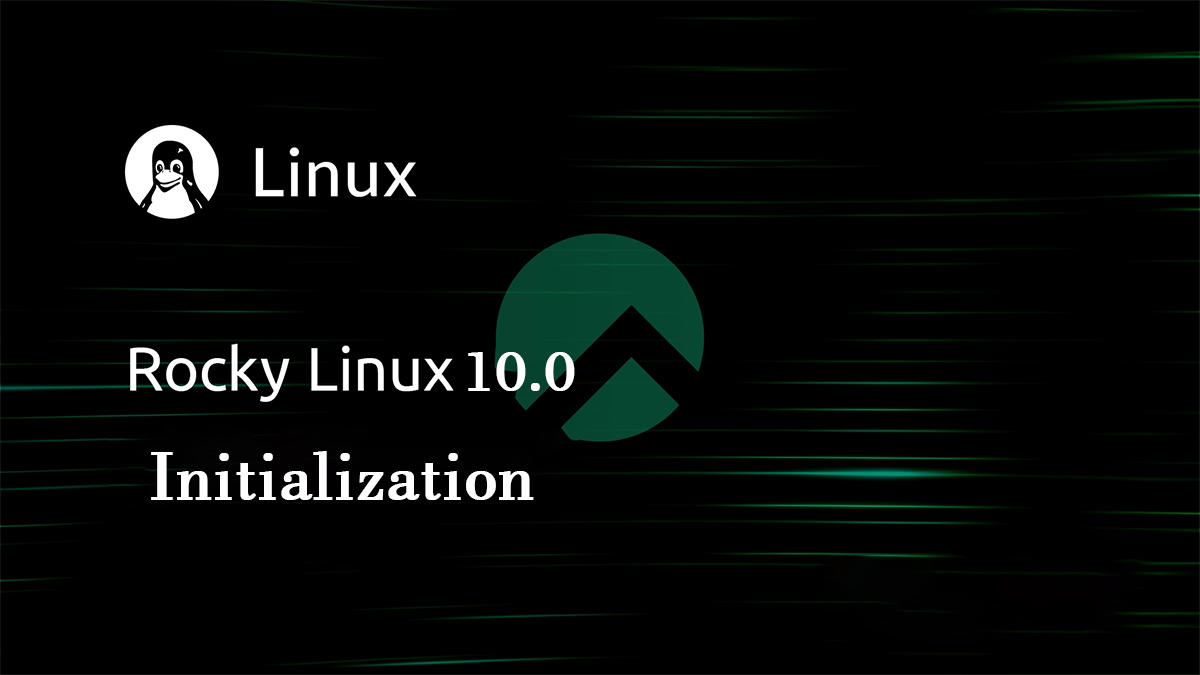 OracleLinux10.0_en
OracleLinux10.0_en OracleLinux10.0 : Tripwire , Chkrootkit , DNS update Script , Logwatch , Disk Usage Check Script
Tripwire1.Download and installationI couldn't find it in the...
 OracleLinux10.0_en
OracleLinux10.0_en  OracleLinux10.0_en
OracleLinux10.0_en  Rocky Linux10.0_en
Rocky Linux10.0_en  FreeBSD15.0_en
FreeBSD15.0_en